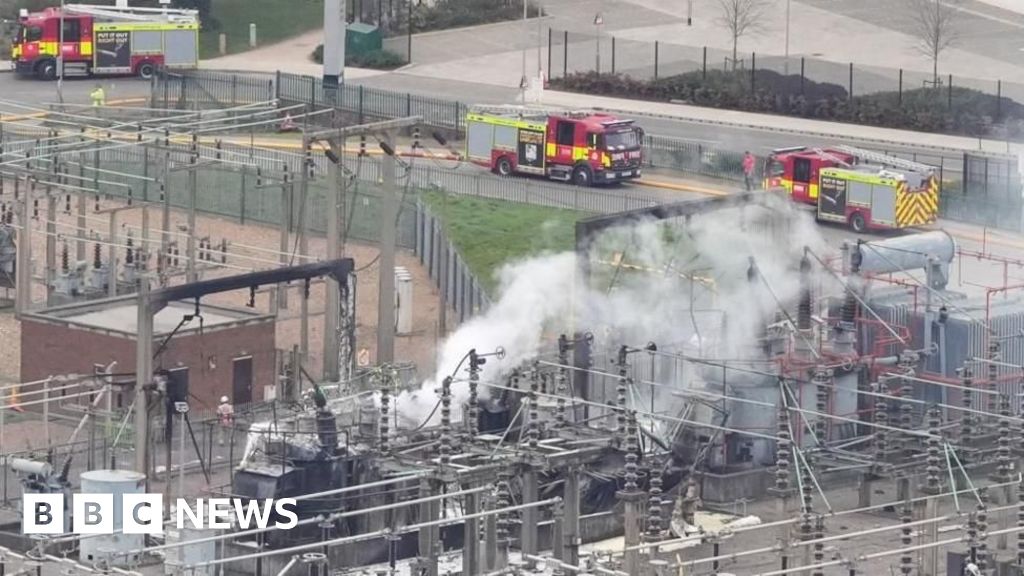Issues at an electrical substation which caused a fire that resulted in Heathrow Airport closing were first detected seven years ago but not fixed, a report has found. The National Energy System Operator (NESO) said moisture entering electrical components at the North Hyde substation caused the blaze at the site that supplies the UK's biggest airport with power. Heathrow shut down the following day as a result of the power cut, which led to thousands of cancelled flights and stranded passengers. Neso said previously that the the power outage affected 66,919 domestic and commercial customers, including Heathrow Airport. Around 270,000 journeys were affected. Its report said the fire "was most likely caused by moisture entering the bushing causing a short circuit. The electricity likely then "arced" (causing sparks) which combined with air and heat to ignite the oil, resulting in a fire." Bushing is a mechanical device used to temper energy between two electrical parts. In response to the report, Heathrow Airport said a "combination of outdated regulation, inadequate safety mechanisms, and National Grid's failure to maintain its infrastructure" that led to this "catastrophic power outage".
Heathrow shutdown caused by problem found seven years ago
TruthLens AI Suggested Headline:
"Heathrow Airport Fire Linked to Long-Standing Electrical Issues, Report Reveals"
TruthLens AI Summary
A recent report from the National Energy System Operator (NESO) has revealed that the electrical issues leading to a fire at Heathrow Airport were first identified seven years ago but remained unresolved. The fire, which occurred at the North Hyde substation, was attributed to moisture infiltration into the electrical components, which ultimately caused a significant power outage affecting the UK's busiest airport. This incident prompted Heathrow to shut down operations the following day, resulting in the cancellation of thousands of flights and leaving many passengers stranded. According to NESO, the power failure impacted approximately 66,919 domestic and commercial customers, with around 270,000 journeys disrupted as a consequence of the airport's closure. The report detailed that the fire was likely initiated by moisture entering the bushing, a device that manages electrical energy flow. This led to a short circuit, which produced sparks that, when combined with air and heat, ignited oil and sparked the fire.
In light of the findings, Heathrow Airport has criticized the situation, attributing the catastrophic power outage to a combination of outdated regulations, insufficient safety measures, and the National Grid's failure to maintain its infrastructure. The airport's response highlights the broader implications of the incident, emphasizing the need for improved safety protocols and infrastructure upgrades to prevent similar occurrences in the future. As the investigation continues, stakeholders are likely to call for urgent reforms to enhance the reliability of the power supply critical to airport operations, ensuring the safety and convenience of travelers in the future. This incident serves as a stark reminder of the importance of proactive maintenance and regulatory oversight in preventing infrastructure failures that can lead to widespread disruption and safety risks.
TruthLens AI Analysis
You need to be a member to generate the AI analysis for this article.
Log In to Generate AnalysisNot a member yet? Register for free.
